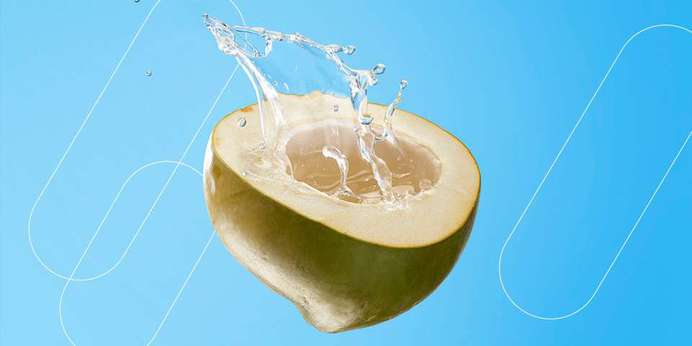Understanding Coconut Water
Coconut water is sourced from young, green coconuts. This plasma-like substance contains antioxidants and nutrients that typically fuel the growth of the plant. They've also been shown to benefit the human body when consumed.
One of the greatest challenges in processing coconut water is the natural color changes that occur with oxidation. Once the liquid leaves the protection of the coconut, an enzyme in the water known as polyphenol oxidase (PPO) reacts with the air, which can cause the coconut water to take on a pinkish hue. PPO is also present in fruits like mangoes and apples and causes the discoloration we see after they're exposed to oxygen.
Similarly, coconut water frequently includes coconut pulp, which can affect color and turbidity. Turbidity is also known as haze and refers to a liquid's transparency and ability to let light pass through.
Best Practices for Processing Coconut Water
When people shop for coconut water, they expect to see a slightly hazy drink that is pale yellow, pink, or white in appearance. While some coloration is natural and even an indication of the purity of the drink, too much coloration or sediment collection may deter enthusiasts and send them toward a different brand.
An appearance that is too far out of the normal range may also indicate that your product contains contaminants, which you want to avoid. That's why taking accurate color measurements with an industry-leading spectrophotometer is vital to your success.


